
Unsure whether to use PPC vs display ads? This article explains the main differences and helps you determine the best advertising strategy for your goals.
Key Takeaways
- PPC advertising is ideal for immediate traffic generation and precise audience targeting, offering real-time monitoring and optimization capabilities.
- Display ads focus on brand awareness through visually engaging content, using demographic and interest-based targeting to reach a broader audience over longer sales cycles.
- Combining PPC and display advertising strategies can enhance overall marketing effectiveness, ensuring cohesive campaigns that drive both immediate conversions and long-term brand engagement.
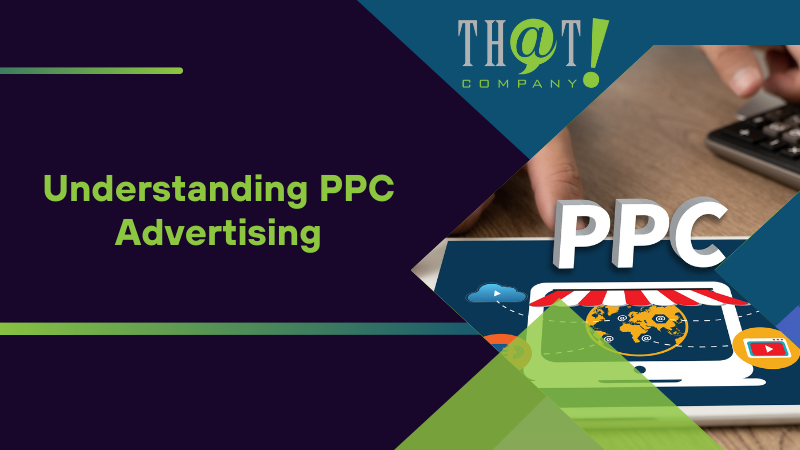
Understanding PPC Advertising
PPC advertising stands for Pay-Per-Click. It is a type of online advertising where advertisers incur a cost every time someone clicks on their ad. This model is particularly effective for driving immediate traffic to websites, as it targets users based on their keyword searches. Common examples include search ads, which appear as text-based ads on search engine result pages (SERPs). The placement of PPC ads extends beyond search engines like Google to social media platforms such as Facebook, making it a versatile tool in digital marketing, including paid placements.
The immediate benefits of PPC vs display ads are increased visibility and the ability to target specific audiences effectively. PPC advertising provides quick results, making it ideal for campaigns that require immediate attention and high-quality leads. Imagine launching a new product and needing rapid traction; PPC ads can place your product in front of potential customers who are already searching for similar solutions.
Moreover, PPC advertising offers a level of control and precision that is unmatched. Advertisers can set specific budgets, adjust bids, and target demographics with pinpoint accuracy. This level of customization ensures that your ad spend is optimized, and your campaigns are as effective as possible.
We are a leader in helping agencies deliver Pay per click management services to their clients. Can we help you? Check out more about Our White Label PPC Services to learn more about what we can do to help your agency today.
Whether you’re running Google search ads or social media advertising campaigns, the ability to monitor and tweak performance in real-time sets paid search campaigns apart from other forms of online advertising.

Why Agencies Partner with That! Company for White Label PPC Services
Agencies often turn to white label PPC services to efficiently manage complex tasks while maintaining their branding. One of the primary reasons is cost-effectiveness. Partnering with a white label PPC management company helps agencies save on recruitment and operational costs, enabling them to allocate resources more efficiently. This allows agencies to focus on building client relationships and making strategic decisions, rather than getting bogged down with the intricacies of PPC management.
That! Company stands out as a leader in white label PPC services, offering a comprehensive suite of services that include in-depth keyword research and advanced bid optimization strategies. These services ensure that campaigns are always performing at their peak, aligning with the overall goals of digital marketing to drive both immediate conversions and long-term brand engagement. Their real-time conversion tracking and detailed, white labeled reports empower agencies to demonstrate the success of PPC campaigns and the acquisition of qualified leads to their clients, thereby building long-term trust and enhancing their reputation.
Moreover, That! Company provides a stress-free experience by handling every aspect of PPC management. From quick and efficient client onboarding to continuous evaluation of landing pages, they ensure all campaign elements are optimized for success. This comprehensive approach supports consistent performance and results. It also allows agencies to expand their service offerings without the need for additional staff, making it a profitable and scalable solution.
By partnering with a white label PPC provider like That! Company, agencies can seamlessly integrate PPC vs display ads strategies into their offerings, enhancing their ability to meet diverse client needs. This partnership not only supports the agency’s growth but also contributes to the overarching aim of creating cohesive online campaigns that drive both immediate conversions and long-term brand engagement.
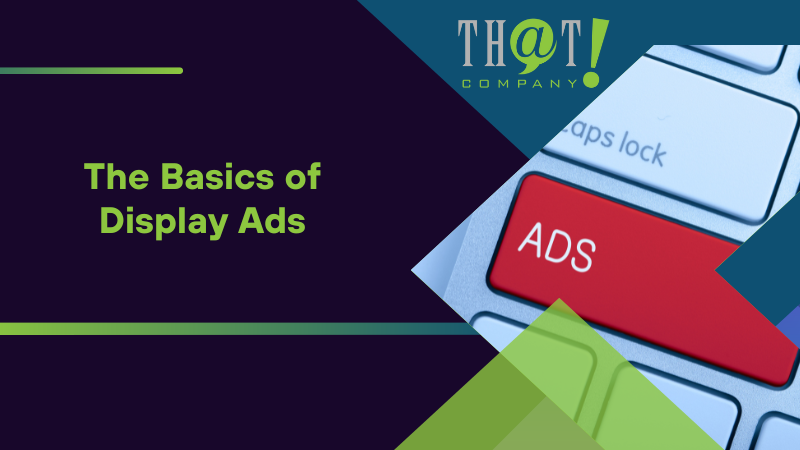
The Basics of Display Ads
Display advertising is a prevalent online marketing method that uses visual elements like images, graphics, and videos to capture attention and create brand awareness. Unlike text-based PPC ads, display ads are designed to resemble online billboards or posters, offering a visually engaging experience for users. These ads can appear as banners, sidebars, or even pop-ups across various websites and platforms, strategically placed to reach a broad audience through display and search ads and the display network.
One of the significant advantages of display ads is their ability to create lasting brand awareness. Utilizing visually compelling content, display ads can spark interest and enhance brand recall among audiences. This makes them particularly effective for products or services with longer sales cycles, where continuous exposure is crucial for building a lasting brand presence.
Marketers can also leverage diverse targeting options with PPC vs display ads. By focusing on demographics and interests, display ads can engage specific target audience segments effectively. Whether you’re aiming to reach young adults through social media feeds or targeting professionals on industry-specific websites, display advertising offers the flexibility to meet various marketing objectives.

Key Differences Between PPC and Display Ads
Understanding the key differences between PPC and display ads is crucial for selecting the right strategy for your marketing goals. While both are forms of paid advertising, they serve different purposes and operate in distinct ways. PPC ads are primarily text-based and target users with specific search intent, making them highly effective for immediate conversions. In contrast, display ads are visually appealing and focus on creating brand awareness through demographic and interest-based targeting.
The differences extend beyond just targeting and formats. Cost, user engagement, and the overall objectives of the campaigns also vary. For instance, PPC ads often come with higher costs due to the competitive nature of keyword bidding, whereas display ads can be more cost-efficient but may offer lower click-through rates. The main difference is that these distinctions are essential to consider when planning your marketing strategy. The main differences are crucial for understanding how to optimize your approach.
Cost Comparison
When comparing the costs of PPC and display ads, several factors come into play. PPC search ads are generally more expensive due to the high competition for popular keywords and the clear intent behind user searches. This makes them ideal for campaigns that require quick results and are willing to invest a significant portion of the budget—often around 70%-80%—to achieve those results.
On the other hand, display ads are typically less expensive as they face less competition and are more common. Advertisers usually allocate about 20%-30% of their budget to display ads, making them a cost-effective option for building brand awareness over time.
However, it’s essential to remember that display ads charge based on impressions, meaning you’re paying for how often your ad is shown rather than clicked.
Targeting and User Intent
One of the fundamental differences between PPC and display ads lies in their targeting strategies and the user intent they capture. PPC ads are designed to target users based on specific search intent, meaning they reach audiences who are actively searching for particular solutions or products. These users are often ready to make a purchase, making PPC ads highly effective for lead generation and driving immediate conversions.
In contrast, display ads focus on engaging internet users through their interests and demographics rather than specific users search queries. This allows advertisers to target a broader audience, capturing the attention of users who may not be actively searching for their products but are likely to be interested based on their online behavior and demographic information, including casual browsing. This approach is particularly beneficial for building brand awareness and nurturing potential customers over time.
Ad Formats and Visual Appeal
The ad formats and visual appeal of PPC and display ads also differ significantly. PPC ads are primarily text-based, relying on compelling copy and strategic keyword usage to attract clicks. These ads usually appear on search engine results pages (SERPs), making them highly visible to users who are actively searching for relevant information.
On the other hand, display ads utilize graphics, images, and animations to create a visually engaging experience. This visual appeal can significantly impact user engagement, as display ads often resemble online billboards or posters, making them more noticeable and memorable. The aesthetic appeal of display ads can help in building long-term brand presence and enhancing overall digital marketing efforts.

When to Use PPC Ads
PPC ads are particularly useful for campaigns aimed at generating quick sales and targeting users actively seeking specific products or services. If you’re launching a limited-time offer or seasonal product, PPC ads provide the immediate visibility needed. This visibility helps drive quick sales by reaching users at the right moment. This is especially effective in competitive markets where gaining rapid traction is crucial.
Real-world examples highlight the effectiveness of PPC ads. Kuno Creative transformed a real estate client’s PPC performance, achieving a 115% boost in conversion rate through improved targeting and ad relevance. Similarly, Rocketbook saw a revenue increase of 448% during peak season by refining its Amazon PPC campaigns and optimizing keyword strategies. These case studies demonstrate how targeted PPC campaigns can significantly impact business outcomes.
Moreover, effective PPC budgeting requires a thorough understanding of components like bid amounts, campaign duration, and keyword selection to ensure a good return on investment. Setting clear business objectives aligned with broader business goals is crucial for managing PPC campaigns effectively. Understanding audience behavior and market conditions allows businesses to optimize their ad spend and maximize returns.
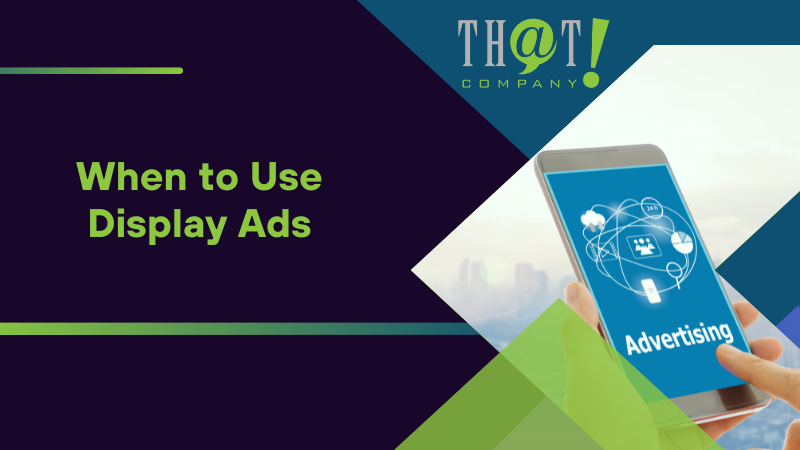
When to Use Display Ads
Display ads are essential for building brand awareness over time, making them effective for creating demand and engaging audiences. By utilizing visually compelling content, display ads can spark interest and enhance brand recall, making them particularly effective for products or services with longer sales cycles. When integrated as part of white label digital solutions, these ads contribute to continuous exposure and help build a lasting brand presence—crucial for long-term marketing success.
A variety of ad formats, including video, banners, and interactive content, provide multiple ways to engage users. This flexibility allows marketers to tailor their campaigns to different platforms and audience segments. For example, retargeting customers through display ads helps keep a brand top of mind and enhances overall visibility. This is particularly effective when using specific targeting parameters. Such a strategy is especially useful for nurturing potential customers who have previously engaged with your brand but have not yet converted.
In essence, display ads are best used when the goal is to create awareness and maintain brand awareness. They provide a broader reach by engaging users who may not be actively searching for your product. However, these users are likely to be interested based on their online behavior and demographic information.

Combining PPC and Display Ads for Optimal Results
Combining PPC and display ads can create a comprehensive digital marketing strategy that leverages the strengths of both approaches. Google recommends setting up both search and display campaigns to maximize reach. This ensures that your products or services are seen by the right audience at various stages of their buying journey.
Integrating display ads into a full-funnel campaign allows targeting users at different engagement points, from initial awareness to final conversion. For instance, Ginger Digital offers PPC campaign management and integrated strategies for search and display campaigns. This helps businesses optimize their ad spend and achieve better results.
This holistic approach ensures that your marketing efforts are cohesive and effective. It drives both immediate conversions and long-term brand awareness.

Measuring the Success of Your Ad Campaigns
Measuring the success of your ad campaigns is crucial for understanding their effectiveness and making data-driven decisions. PPC vs display ads both allow for detailed tracking, but PPC specifically enables advertisers to analyze the performance of their ads in real-time. Key metrics such as actual clicks, click-through rates (CTR), and conversion rates provide insights into how relevant and appealing your ads are to users. Additionally, impression share shows the proportion of total available impressions that your ads received, helping you understand your ad’s visibility.
Effective measurement tools are essential for assessing display ad campaign performance. Metrics such as cost per action (CPA) and return on ad spend (ROAS) help determine the effectiveness of your ad investments. Using data from both PPC and display ads allows you to identify high-performing demographics and locations. This insight enables you to optimize your ad strategies for better performance.
Continuous performance monitoring of both ad types facilitates timely adjustments, ensuring that your campaigns remain effective and efficient. This ongoing analysis helps maximize campaign effectiveness and ensures that your ad spend is used wisely.
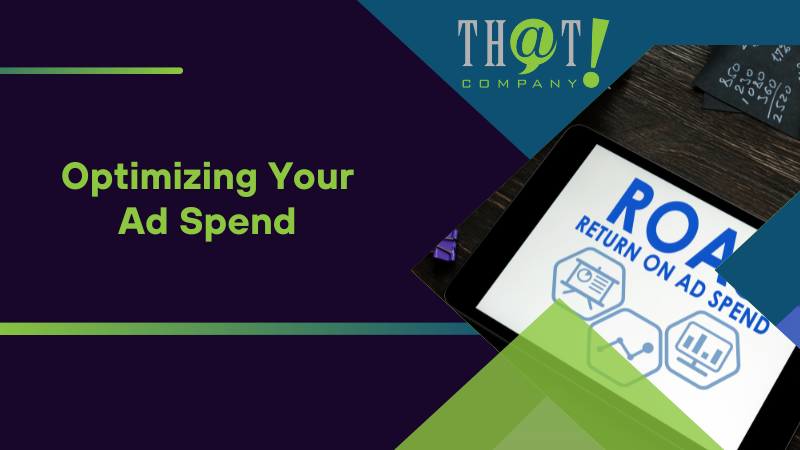
Optimizing Your Ad Spend
Optimizing PPC your ad spend is essential for maximizing return on investment and ensuring that your campaigns are as effective as possible. In PPC campaigns, advertisers can adjust budgets and bids, making them flexible in managing ad spend. Regularly adjusting bids based on certain keywords performance can help maximize ad spend and improve campaign return on investment. Identifying and pruning underperforming keywords is also crucial for focusing budget on terms that generate valuable traffic.
Ad scheduling can enhance budget efficiency by displaying ads only during peak conversion times. That! Company conducts in-depth keyword research for every campaign, helping agencies reach the right audience with the most relevant search engine marketing terms, driving sales while keeping costs in check. Additionally, search advertising can play a crucial role in this strategy.
Their advanced bid optimization strategies continuously monitor campaigns to eliminate waste. This ensures that the best return on ad spend is delivered.

Platforms Offering PPC and Display Advertising
Several platforms offer robust PPC and display advertising options, each with unique features and audiences. Google Ads is the leading PPC platform globally, boasting the largest search and Google display network. It provides extensive targeting options and a vast reach, making it a top choice for advertisers. Microsoft Ads, also known as Bing Ads, is popular among older demographics, particularly those over 50. When comparing PPC vs display ads, each platform offers distinct advantages depending on your campaign goals and target audience.
Social media platforms also play a significant role in online advertising and social advertising. Facebook Ads generated nearly $115 billion in revenue in 2021, making it a top choice for advertisers looking to reach diverse audiences through online campaigns. Social ads on Instagram can be tailored for various advertising objectives, including brand awareness and sales. YouTube video ads offer diverse placement options such as skippable and non-skippable in-stream ads, catering to a massive audience.
Other platforms like Pinterest, Snapchat, Reddit, Twitch, and TikTok offer niche advertising opportunities, targeting specific user demographics and interests. These platforms provide unique opportunities to engage potential customers and enhance digital marketing efforts, along with other factors.

Case Studies: Successful Integration of PPC and Display Ads
Case studies demonstrate the effectiveness of integrating PPC and display ads to achieve marketing objectives. MTA Digital improved NewDataLabs’ lead generation, resulting in a 71% decrease in cost per lead while enhancing lead quality. This success story highlights the synergy between PPC and display ads, showcasing how a combined strategy can optimize results.
Such case studies provide valuable insights for businesses looking to strengthen their marketing efforts. By adopting similar integrated strategies, businesses can maximize marketing effectiveness and achieve significant improvements in campaign performance. These examples serve as a guide for leveraging the strengths of both PPC and display ads to drive better results.
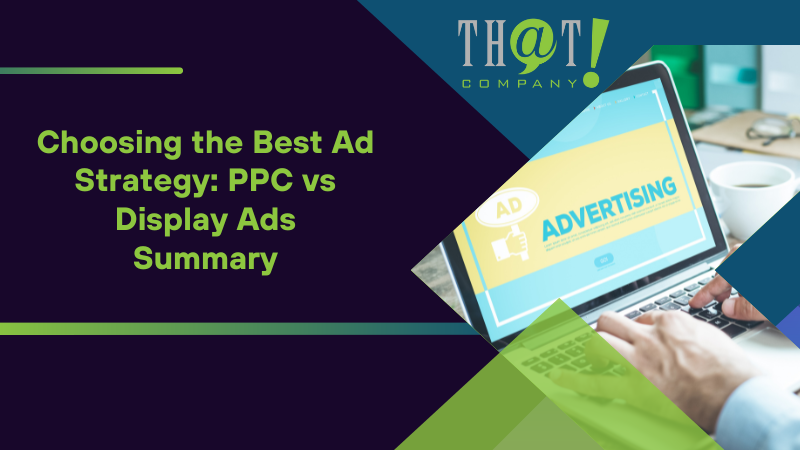
Summary
In summary, selecting between PPC vs display ads hinges on your specific marketing goals and budget. PPC ads are perfect for generating quick sales and targeting users with a clear intent. On the other hand, display ads excel at building long-term brand awareness and engaging broader audiences. By understanding the key differences in cost, targeting, and ad formats, you can make informed decisions. These decisions will better align with your business objectives.
Combining PPC and display ads can forge a comprehensive digital marketing strategy that leverages the strengths of both approaches. By continuously measuring and optimizing your ad spend, you ensure your campaigns remain effective and efficient. Platforms like Google Ads, Facebook, and other social media sites offer robust options for both PPC and display advertising, providing numerous opportunities to reach and engage your target audience. Ultimately, the aim is to create a balanced and integrated strategy that drives both immediate and long-term results.
For agencies, partnering with a white label PPC provider like That! Company can be invaluable. They offer expertise in managing complex PPC and display ad campaigns, ensuring that all elements are optimized for success. By handling everything from keyword research to advanced bid strategies, That! Company allows agencies to focus on client relationships and strategic growth. This white label PPC outsourcing approach delivers successful ad campaigns that meet diverse client needs, supporting agency growth while contributing to the overarching goal of creating cohesive online campaigns that drive immediate conversions and long-term brand engagement.

Frequently Asked Questions
What is the main difference between PPC and display ads?
The main difference between PPC vs display ads lies in their targeting strategies and formats. PPC ads are text-based and target users based on their search intent. In contrast, display ads use visual elements and focus on targeting users based on demographics and interests.
When should I use PPC ads?
You should use PPC ads for campaigns focused on generating quick sales and targeting users actively searching for specific products or services. They are especially effective for limited-time offers or seasonal promotions that demand immediate attention.
How do display ads help in building brand awareness?
Display ads effectively enhance brand awareness by utilizing visually compelling content that sparks interest and fosters brand recall. Their continuous exposure is particularly beneficial for products or services with longer sales cycles, contributing to a lasting brand presence.
Can PPC and display ads be used together?
Indeed, using PPC and display ads together can enhance your digital marketing strategy by effectively targeting users throughout their purchasing journey. It also helps optimize your ad spend for improved outcomes. This combination allows for a more robust engagement with potential customers.
What metrics should I track to measure the success of my ad campaigns?
To measure the success of your ad campaigns, you should track key metrics such as click-through rates (CTR), conversion rates, impression share, cost per action (CPA), and return on ad spend (ROAS). Monitoring these metrics will enable you to gain valuable insights into your ad performance and optimize your strategies accordingly.











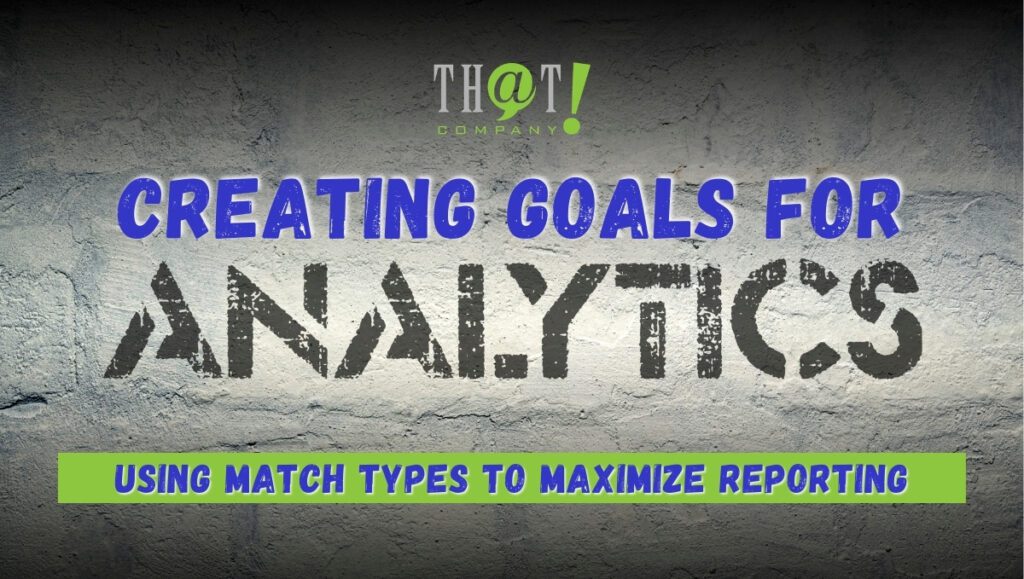

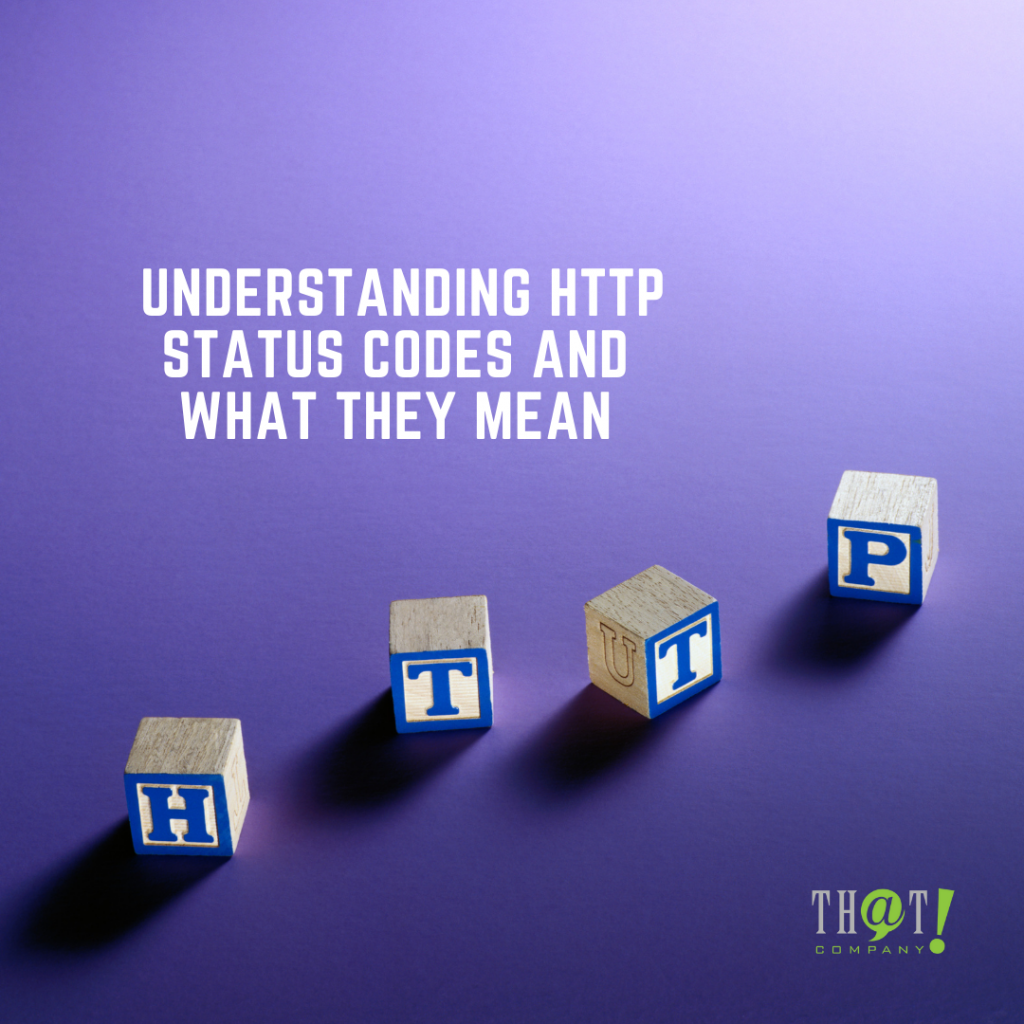

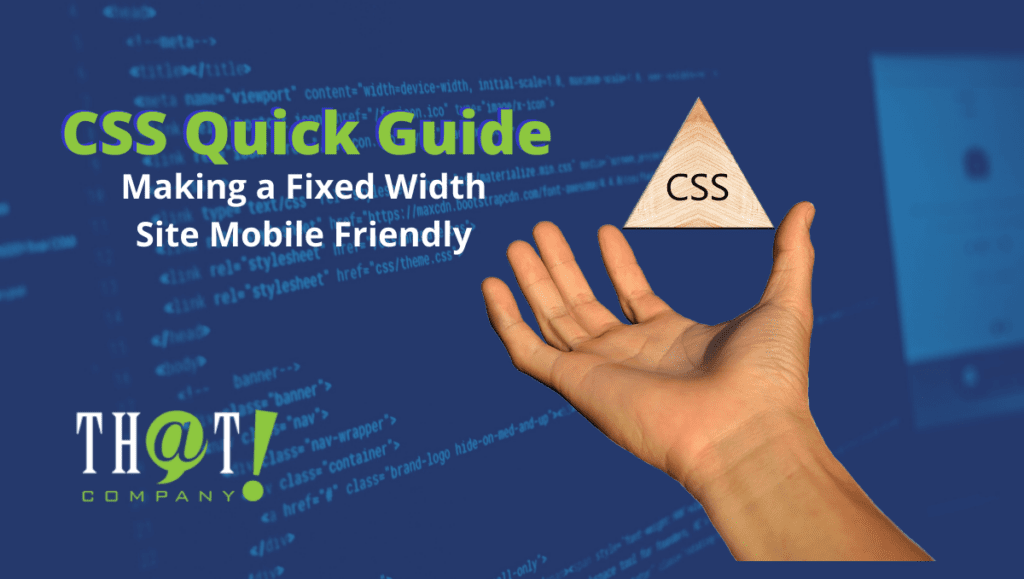



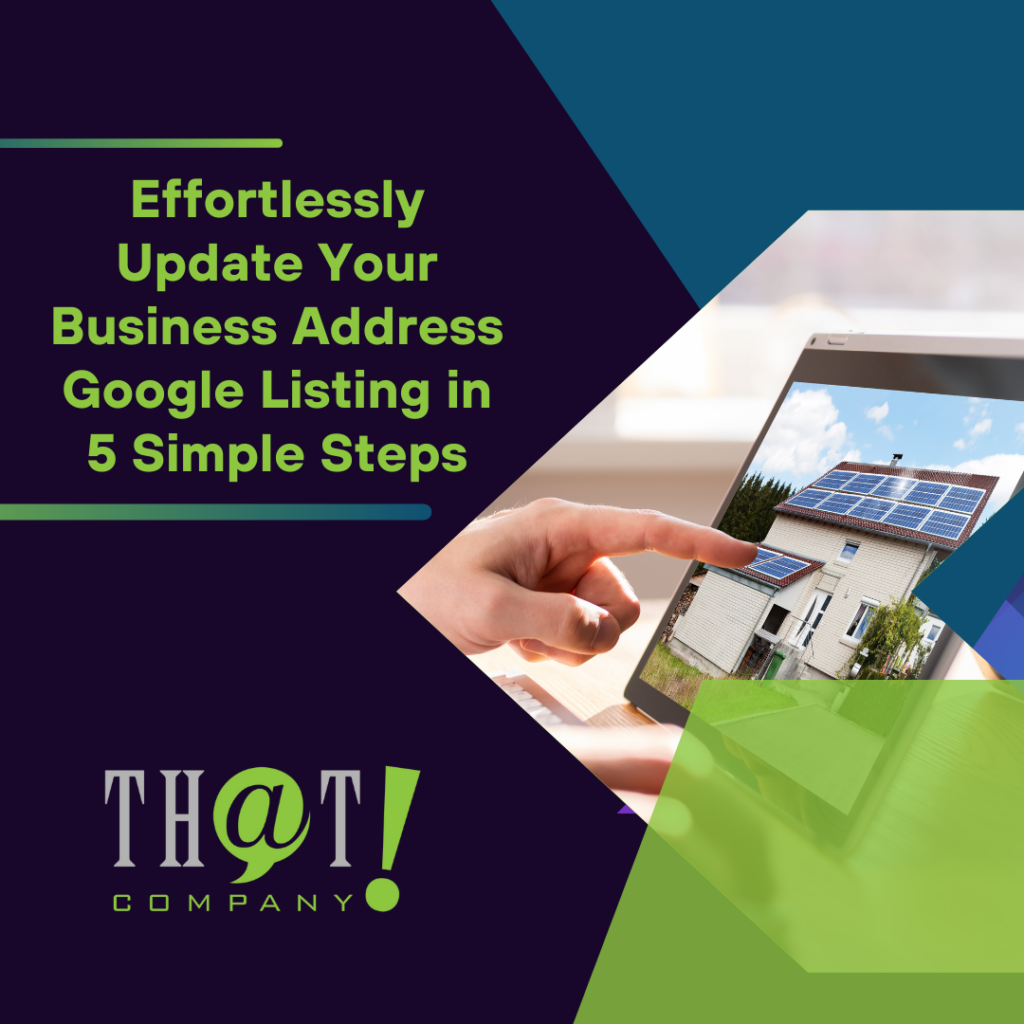

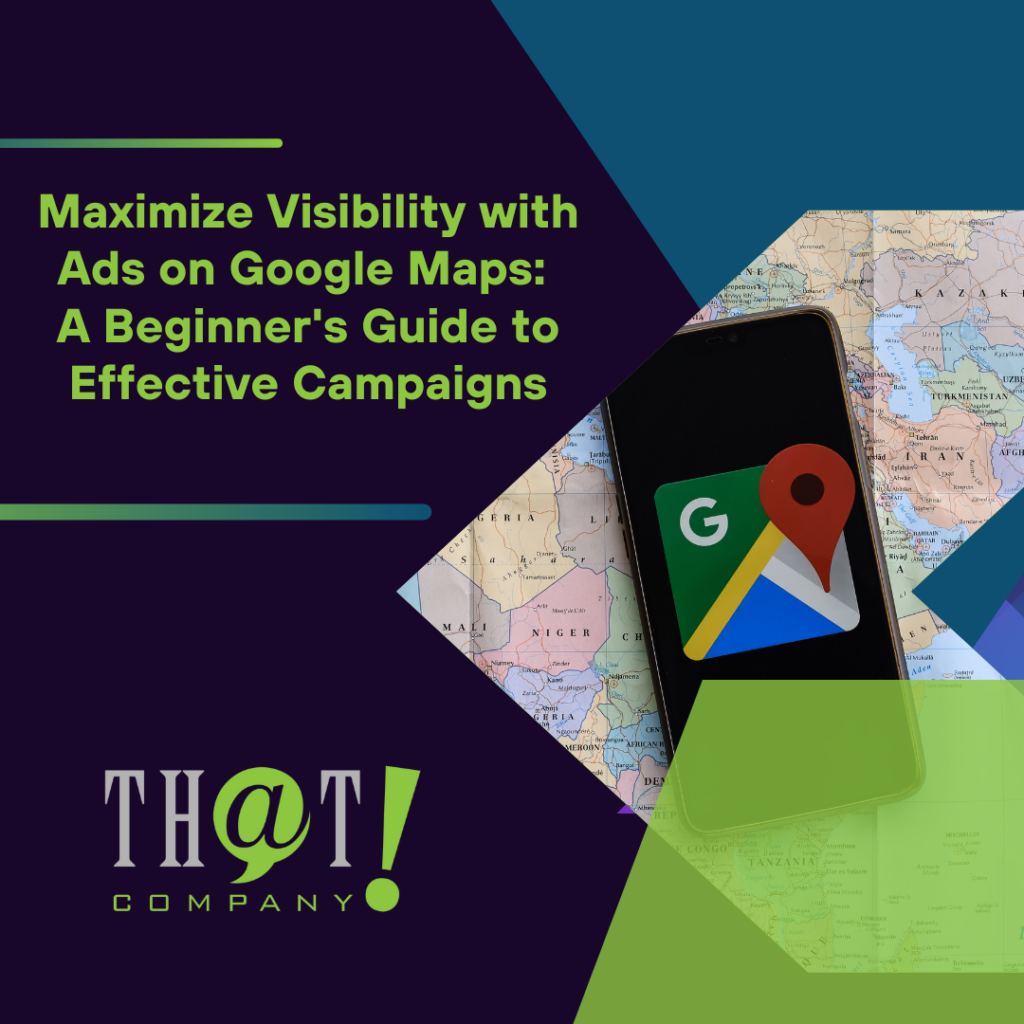
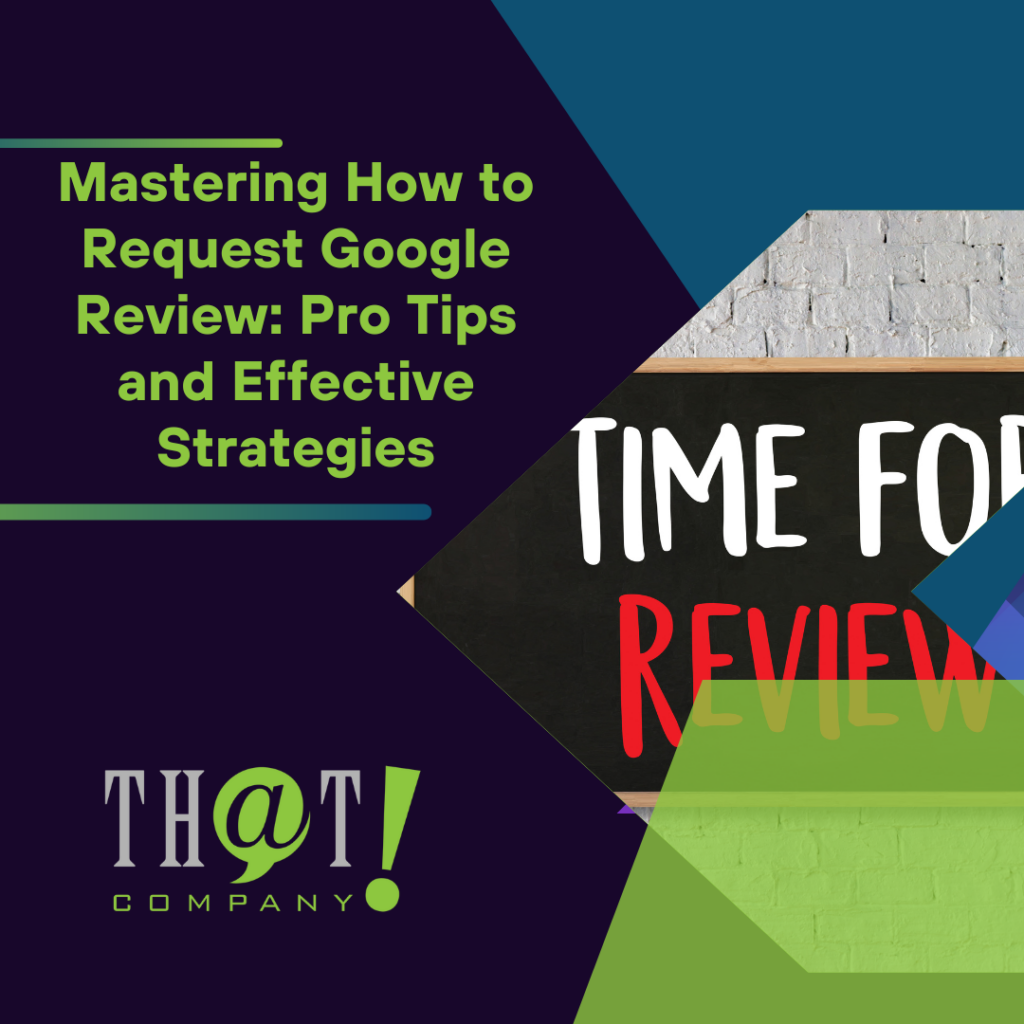

 Talk With Us
Talk With Us  Give Some Love
Give Some Love 


